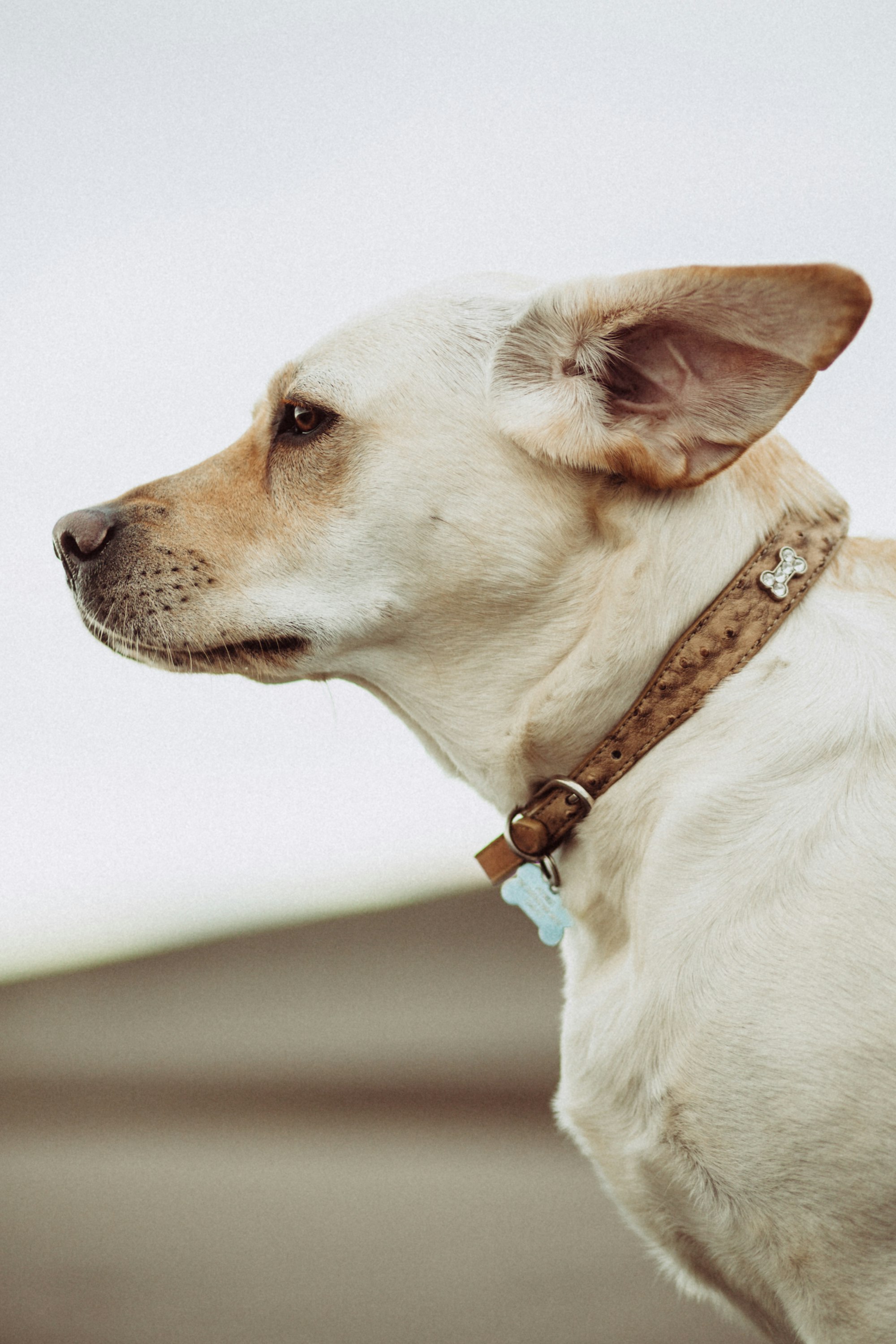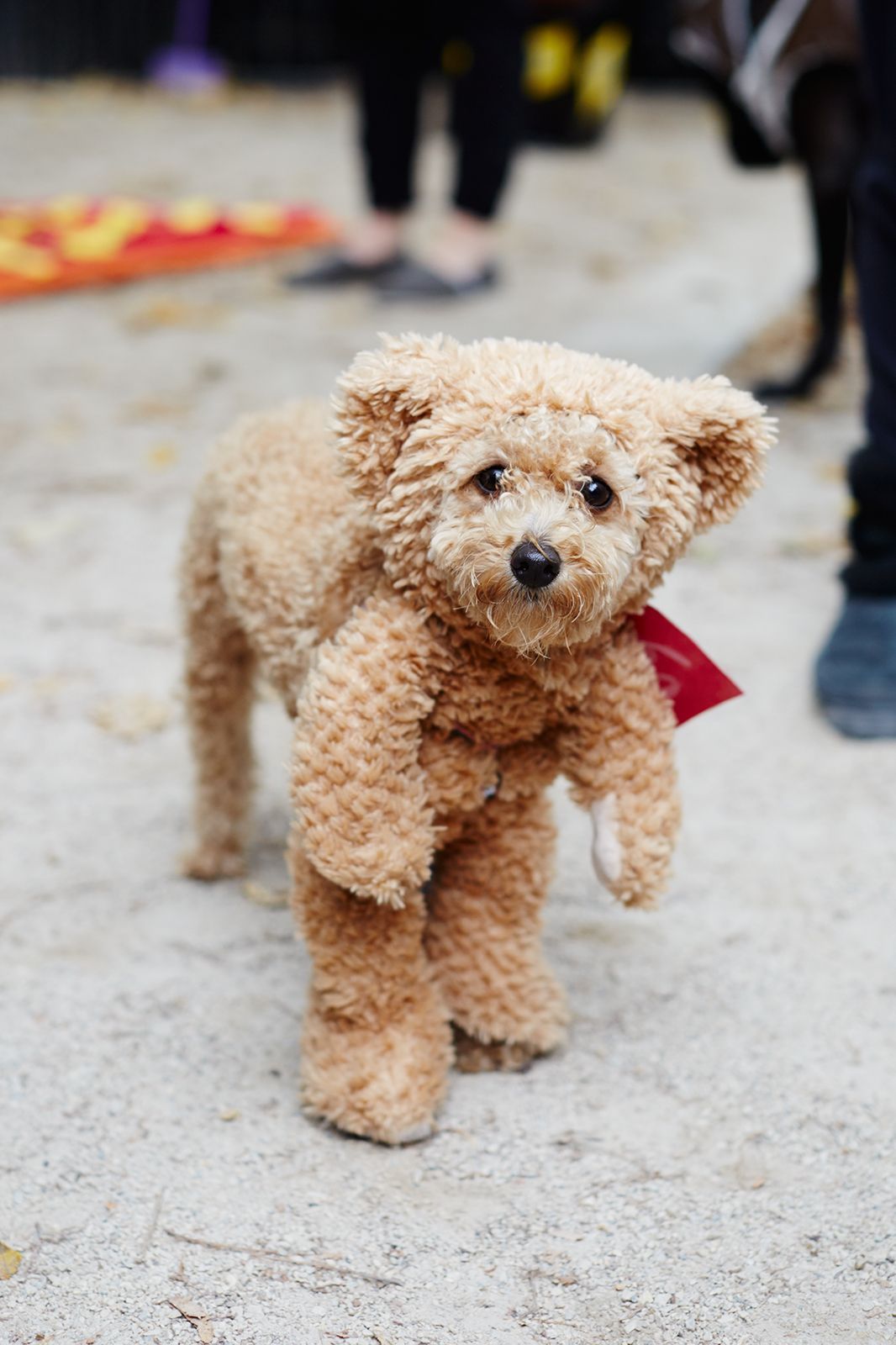When we say "Paws & Collars", it's not just a catchy title. This is about empowering your furry friend and yourself, with the best training tools at your disposal. Training collars, or e-collars as some may call them, can indeed be a game-changer. But the sheer variety can leave you puzzled, standing in the pet aisle of your local store, wondering which one will be the perfect fit for your pooch. Fear not, as this comprehensive guide is designed to help you navigate the world of dog training collars with confidence and ease.
The Role of Training Collars in Dog Training
Contrary to some popular misconceptions, training collars are not instruments of torment but are instead innovative tools designed for effective, humane communication between you and your dog. The goal of these collars is not to punish, but to train by creating an association between unwanted behaviors and a completely safe, though slightly uncomfortable, stimulation.
Understanding Your Dog
Every pet parent dreams of a well-behaved dog that listens to their every command. The secret sauce to achieving this dream is consistency in your approach to dog obedience training. Similar to humans, dogs also learn from repetition and rewards. The correct use of a dog training collar can assist in establishing this consistency, turning training sessions into a seamless waltz between you and your canine partner.
How Canine Training Collars Work
With advancements in technology, canine training collars have become highly sophisticated. It's not about delivering a sharp shock anymore. Instead, the emphasis is on using variable levels of completely safe stimulation to get your dog's attention and discourage undesirable behavior. Let's explore this in more detail.

Different Levels for Different Dogs
Training collars offer various levels of stimulation, typically ranging from a gentle tickle to a more noticeable buzz. The lowest setting is often nothing more than a mild annoyance to your pet, enough to distract them from whatever mischief they were about to engage in. However, depending on the size, breed, and temperament of your dog, you might need to adjust the level of stimulation. But remember, the goal is to train, not to inflict discomfort.
From Sound to Stimulation
There are several types of training collars available in the market, each designed with a specific training purpose in mind. Here's a quick breakdown of the most common types:
- Static Collars: These are the most well-known and widely used dog training collars. They work by delivering a static correction to your dog when they display unwanted behavior.
- Vibration Collars: These collars use vibration as a signal to deter undesirable behavior. They can be an excellent alternative for dogs that might be too sensitive for static collars.
- Ultrasonic Collars: These collars emit a high-pitched sound that dogs find annoying. This sound serves as a deterrent for bad behavior.
- Spray Collars: Using a harmless burst of spray to interrupt your dog's action, these collars are typically used for bark control.
Choosing the Right Collar: A Collar for Every Canine
There is no one-size-fits-all when it comes to choosing the right training collar. Factors such as the dog's size, breed, temperament, and the specific behavior you are trying to correct all come into play. It might require a bit of trial and error before you find the perfect fit.
Real-Life Training: Using a Collar Effectively
A dog training collar is not a magic wand that will instantly transform your dog into a perfectly behaved pooch. It's a tool, and like any tool, its effectiveness depends largely on how you use it.
Here are a few tips to ensure that you are using the collar effectively:
- Start with the lowest possible setting and gradually increase the level of stimulation until you find the right balance that gets your dog's attention but doesn't cause them distress.
- Never use the collar to punish your dog. The goal is to use the collar's stimulation as a distraction that deters your dog from repeating undesirable behaviors.
- Consistency is key. If you are training your dog not to bark at the mailman, then you need to use the collar every time the mailman comes, not just when you happen to be home and remember to use it.
- Lastly, remember that a collar is just a tool. Positive reinforcement and regular, consistent training are still the most critical aspects of dog training.
The Real Purpose of Training Collars
While choosing the right collar is crucial, understanding its purpose is equally essential. A training collar is not a quick fix for behavioral problems; it's a communication aid. The slight buzz or beep is your way of saying "No" from a distance, guiding your dog towards better habits.
Collar Training: It's a Two-Way Street
When using a training collar, remember it’s not just your dog who's learning – you are too. This process helps you understand your pet's reactions and adjust your training methods accordingly. It’s about building a relationship, a language that both you and your pet understand.
So, as your dog is learning to respond to the collar, pay close attention to their reactions. The insights you gain will make you a better, more empathetic dog parent.
The Bigger Picture
While dog training collars are powerful tools, they are not standalone solutions. They should be used as part of a broader training strategy that includes positive reinforcement, such as verbal praise, treats, and cuddles. Remember, for every "No" that the collar signifies, there should be a "Good dog!" waiting when your furry friend gets it right.
When to Start Using a Training Collar
While you might be eager to start using your new training collar right away, it's best to wait until your puppy is at least five to six months old. At this age, they are mentally ready to make the associations necessary for collar training.
Remember, Practice Makes Perfect
Teaching your dog to use a collar, or crate training, takes time and patience. Sometimes, you won't see quick results, and that's okay. Keep trying and stay positive. Over time, you'll see improvements.
The best way to train your dog is to find what works for both of you. Every dog is different. With patience and the right tools, training can be a happy journey. And when both you and your dog are happy, it shows how strong your bond is.
Making an Informed Choice
Armed with the knowledge about the types and uses of training collars, you're better prepared to make an informed decision. Remember to consider not only the type of collar but also the brand and its features. Look for brands that prioritize safety, comfort, and ease of use. An adjustable collar with a range of stimulation levels is often a good choice. Some high-end models even offer tone or vibration options in addition to static stimulation, offering even more flexibility in training your pet.
Safety First
No matter what collar you choose, safety should always be your number one priority. Never leave the training collar on your dog for extended periods, as this can lead to skin irritation. Also, ensure the collar is not too tight - you should be able to fit two fingers between the collar and your dog's neck.

Dog Training Collar vs. Regular Collar
While regular collars are essential for holding ID tags and leashes, training collars are specifically designed to assist in correcting behavior. They are additional tools, not replacements for your dog's regular collar. After the training session, remove the training collar and put the regular one back on.
Top Tips for Success
Remember that training your dog is a journey, not a destination. Even after your dog has learned to respond to the collar, continue to use it occasionally to reinforce the training. Also, never forget the power of love and positive reinforcement. Regardless of what training methods you use, always ensure they are steeped in kindness and understanding.
Fi's Best Dog Training Collar:
Introducing the game-changer in the realm of canine training - the Fi Dog Training Collar is the future of dog collars. Packed with features and designed with both the pet parent and furry friend in mind, it truly sets a new standard in dog training.
Imagine having the power to communicate with your pet from anywhere, any time. With Fi's Training Collar, that dream becomes a reality. Its built-in GPS tracking system doesn't just allow you to keep tabs on your dog's location; it lets you deliver timely, corrective stimuli straight from your smartphone. Lost pet posters? A thing of the past!
What sets the Fi Dog Training Collar apart is its exceptional range of customizable stimulation levels. Whether your furry friend responds better to a gentle vibrate or needs a slightly stronger reminder, this collar has got you covered. Adjustable, comfortable, and humane, this collar ensures that you're guiding your pet's behavior, not forcing it.
The cherry on top is Fi's incredible battery life. With up to three months of power on a single charge, it won't quit on you in the middle of training. This collar is in it for the long haul, just like your commitment to your dog's well-being.
But, this is more than just a dog training collar. It's a statement. A statement that you're dedicated to providing your dog with the best. The Fi Dog Training Collar doesn't just train—it transforms. Experience the revolution in dog training, and turn your tricky training phase into a delightful dance of discipline with Fi's Best Dog Training Collar.
Conclusion:
Through the meandering journey of this comprehensive guide, we've covered the expanse of the canine training collar universe. We've broken down misconceptions and laid out the truth about these misunderstood tools. From understanding the various types of collars and their respective uses to how to effectively incorporate them into your dog's training routine, we've given you the knowledge to make an informed decision.
Remember, these collars are not a one-stop solution to behavioral issues but a valuable tool to assist you in communicating more effectively with your pet. Each dog is unique, and so should be their training. The collar you choose should align not only with your training goals but also with your dog's comfort and well-being.
We've also introduced you to the Fi Dog Training Collar, an advanced, humane, and reliable training tool that truly stands out in the market. With its unique features and user-friendly approach, it has the potential to revolutionize your training sessions, making them more effective and less stressful for both you and your furry friend.
Training your dog is not merely about discipline; it's about strengthening the bond between you and your four-legged companion. And the right collar can be instrumental in this journey, guiding your pet towards better behavior, fostering a deeper understanding between you two, and ultimately, leading to a more harmonious life together.
In the end, it all boils down to the love and commitment you have for your pet. Whether it's through a high-tech collar or the time-tested method of positive reinforcement, each effort you make contributes to building a happy, healthy, and well-behaved furry friend. So, here's to you and your dog's training journey, to the lessons you'll learn, the milestones you'll achieve, and the love you'll share. Happy Training!

